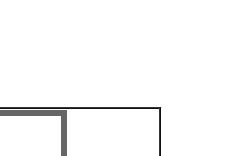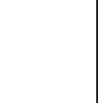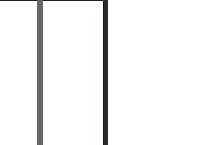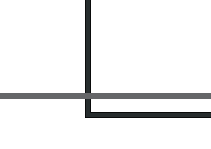An interview with Răzvan Ion about Bucharest Biennale 2
E-cart : Which were the main aims of the organizers of Bucharest Biennale 2?
R.I.: In talking about this we should part from the mission of the event’s producer: Pavilion magazine. The title of the magazine, PAVILION, is an allusion to the relatively temporary structure of contemporary art. The publication not only tries to describe but also to intervene in the cultural, political and social scene. This was and is also the purpose of the biennial. If the magazine proposes a theoretical discourse, the biennial puts it into practice. The two components are connected. Bucharest Biennale is a structure which wishes to transform Bucharest in a field of artistic action and I think it succeeded.
E-cart: How did the collaboration with Zsolt Petrányi go? To what extent his curatorial decisions on the selection of the artists and of the venues were the result of collaboration with the organizers?
R.I.: The collaboration with Zsolt Petrányi was excellent. Of course there was an agreement on the technical side of the exhibition and its organization. We needed spaces which could fit as good as possible the concept of the biennial and to be the closest to the idea we started from. The works of the artists had to be part of the space in which they existed and, as much as possible, to make their presence very distinct as works of art. On the side of the concept we realized the hybrid magazine which was also the reader of the biennial, the influence of Zsolt Petrányi being decisive, as he suggested the important issues within the subject, but we realized the publication. For the rest, we didn’t have any influence and we didn’t want such a thing. The choice of the subject and of the artists was hundred per cent Zsolt’s decision.
E-cart: How difficult proved the adaptation of the artistic projects to spaces such as the Botanical Garden or the Geology Museum? Do you think contemporary art can reach a wider public through the “infiltration” in such spaces? Did you have (positive) reactions from such a non-specialist public?
R.I.: It was a challenge for us, a risk to take artworks in public spaces such as the Botanical Garden or the Geology Museum, which are traditional spaces, directed towards a certain type of public. It was an idea we cared for a lot. We wanted somehow to take the art work from the museum/ gallery to the public – the urban space as it is. We succeeded to do this thing and it was one of the most important accomplishments of the biennial. According to the feedbacks we had this approach was really a success. This feedback came from example from the people who, going for a walk in the Botanical Garden, were spontaneously interacting with the art works exhibited there.
E-cart: Do you think events such as Bucharest Biennale can stimulate local production? Do you have confirmations that artists and professionals from Bucharest and from the country visited the biennial and participated in the parallel events organized within it?
R.I.: The visitors of the biennial came from the broadest social categories. The venues allowed for people from very different backgrounds to have access to these works. So we had visitors who ranged from people completely foreign to contemporary art, to curators, museums directors and editors. This will certainly stimulate local production in the future, we are sure; also because seeing that such an event had over 24000 visitors, Romanian artists will understand there is a public here and they would want to exhibit more. On the other hand, we showed that Romania is interesting for the rest of the world through its internationally competitive artists who participated in the exhibition, and through the wide media coverage (over 60 materials, texts and videos, in the local and international press, from EuroNews to Flash Art or International Herald Tribune). On the other hand we emphasized also the educational side. We managed to communicate well the project for high-school students. We didn’t go to art high-schools, but to ones with a theoretical or economic profile, and there was a great experience.
E-cart: Which would be the aspects less satisfying (if they exist), which you would like improved at the following edition?
R.I.: The first thing which comes to mind thinking at this is the inexistence of teams of technicians specialized in the installation of an exhibition of contemporary art. It was this our most difficult problem. We had in fact to create our own team. However this is a good thing, as this team will be able to contribute to the following projects. We still would like to work on the PR side.
Overall, it was as good it was possible in the circumstances of the Romanian context. Next time we hope it will be much better.





















